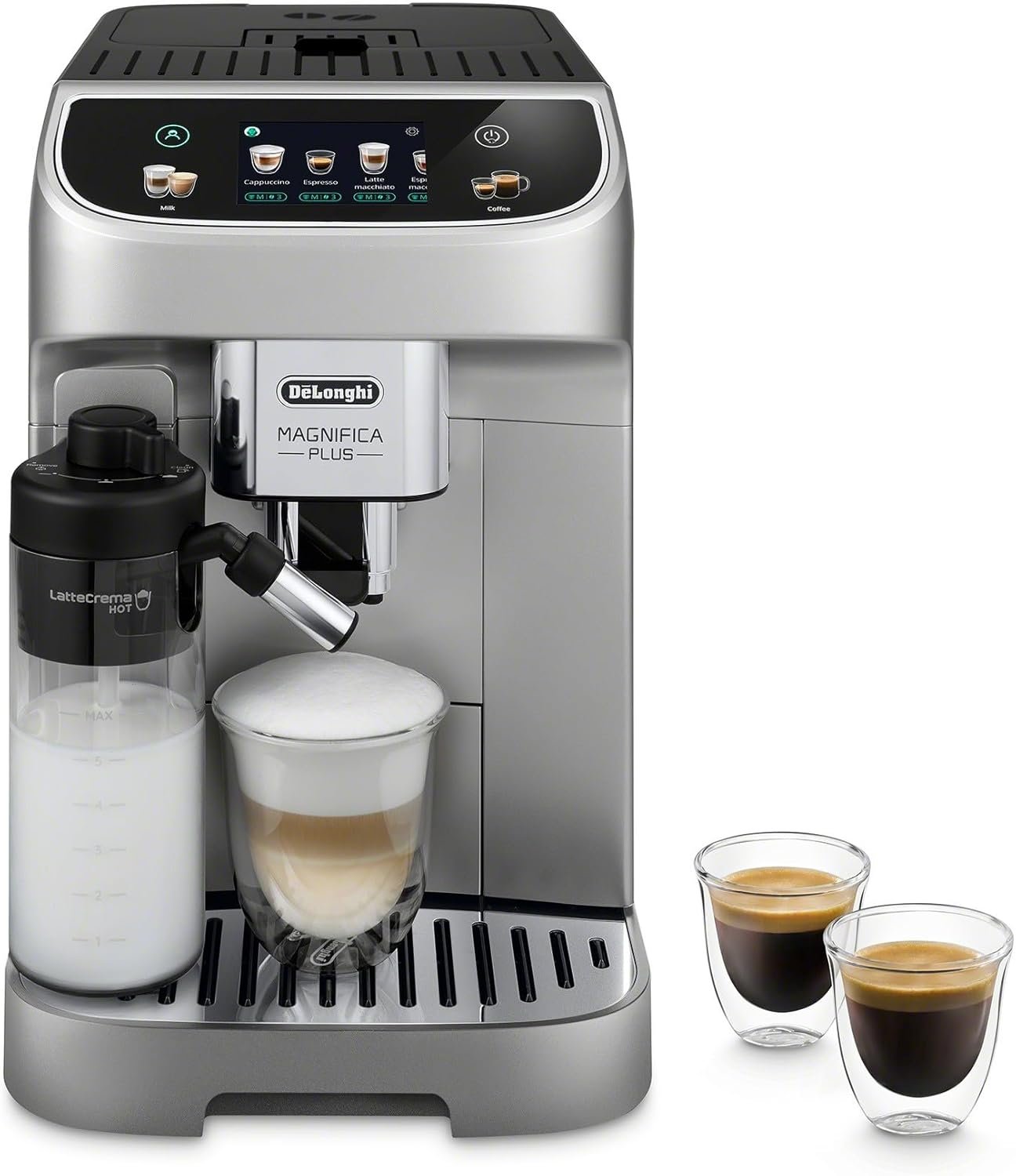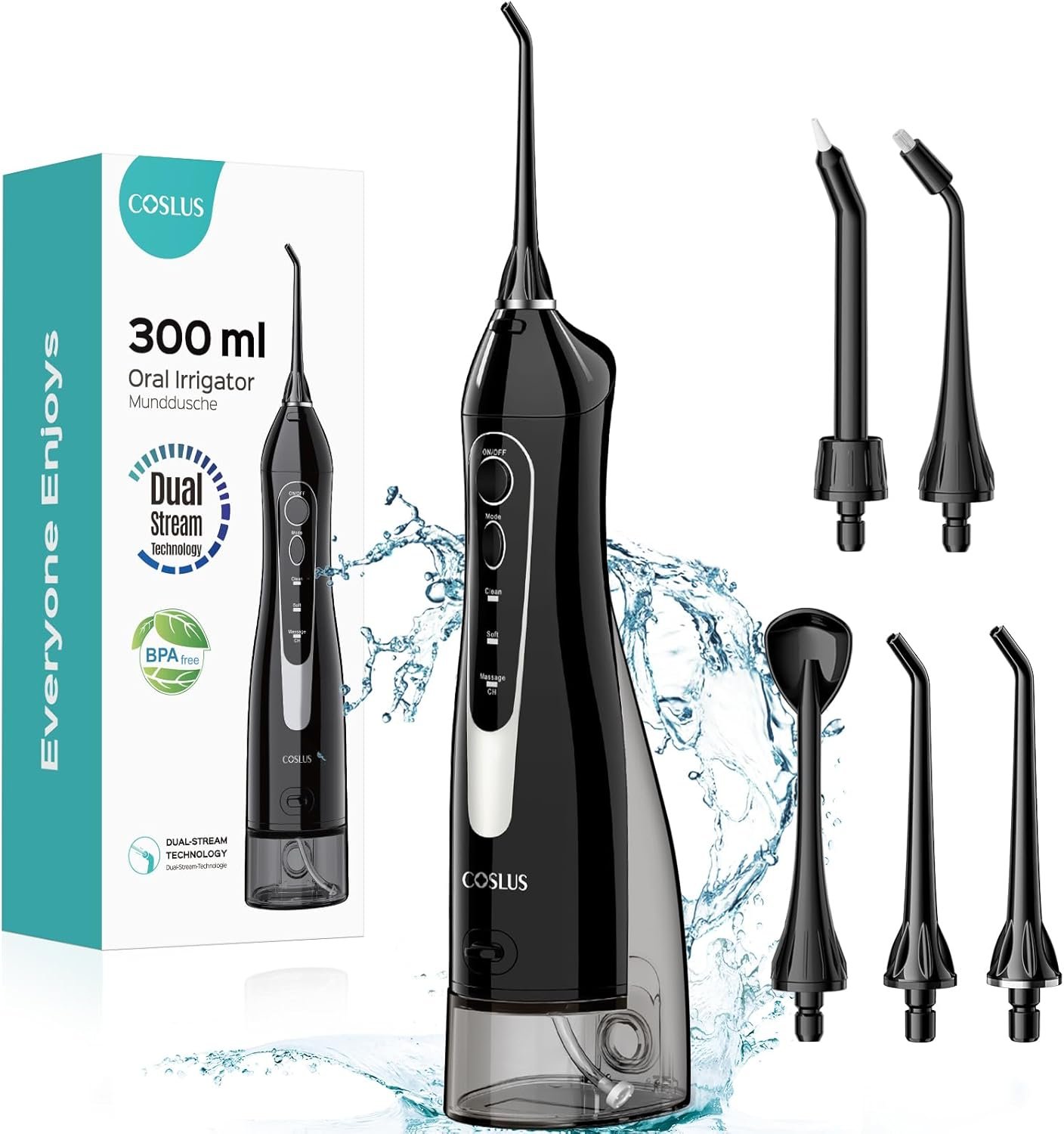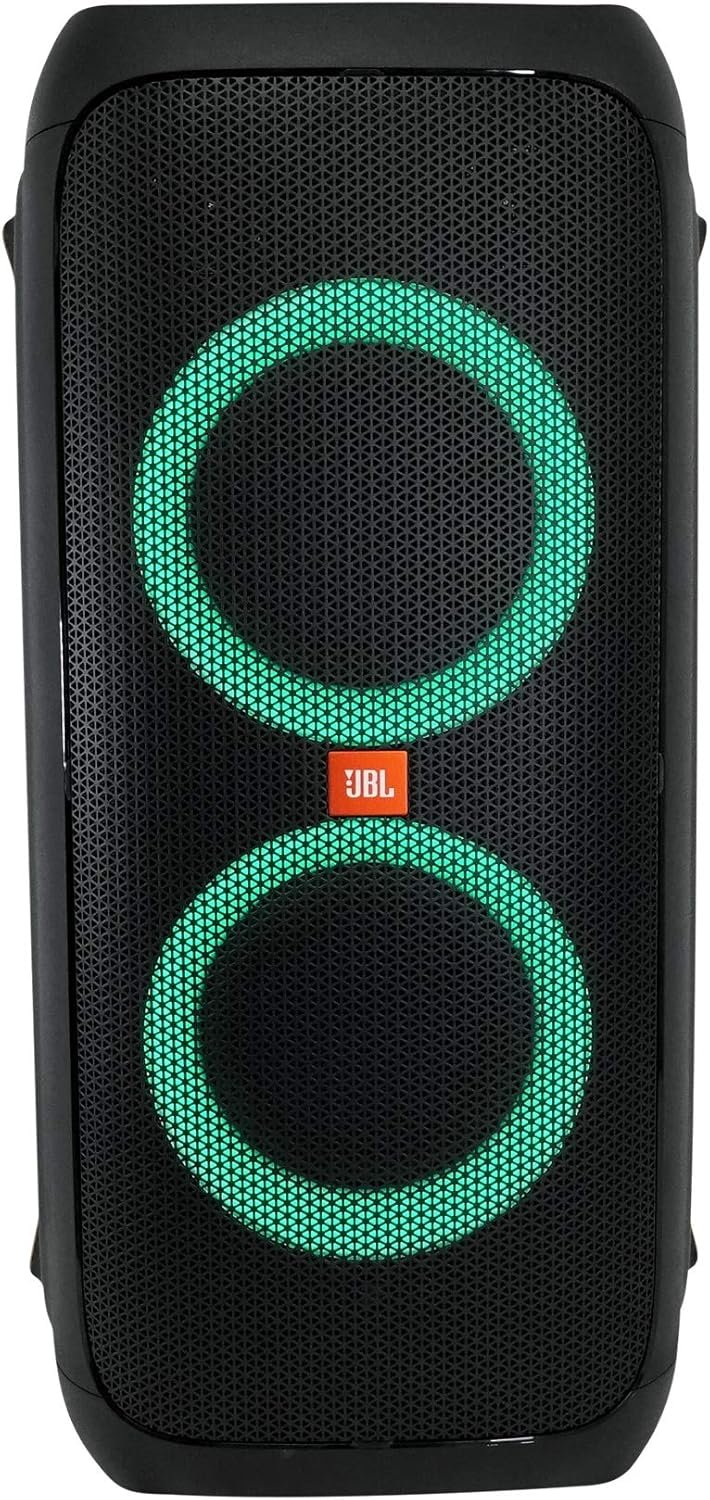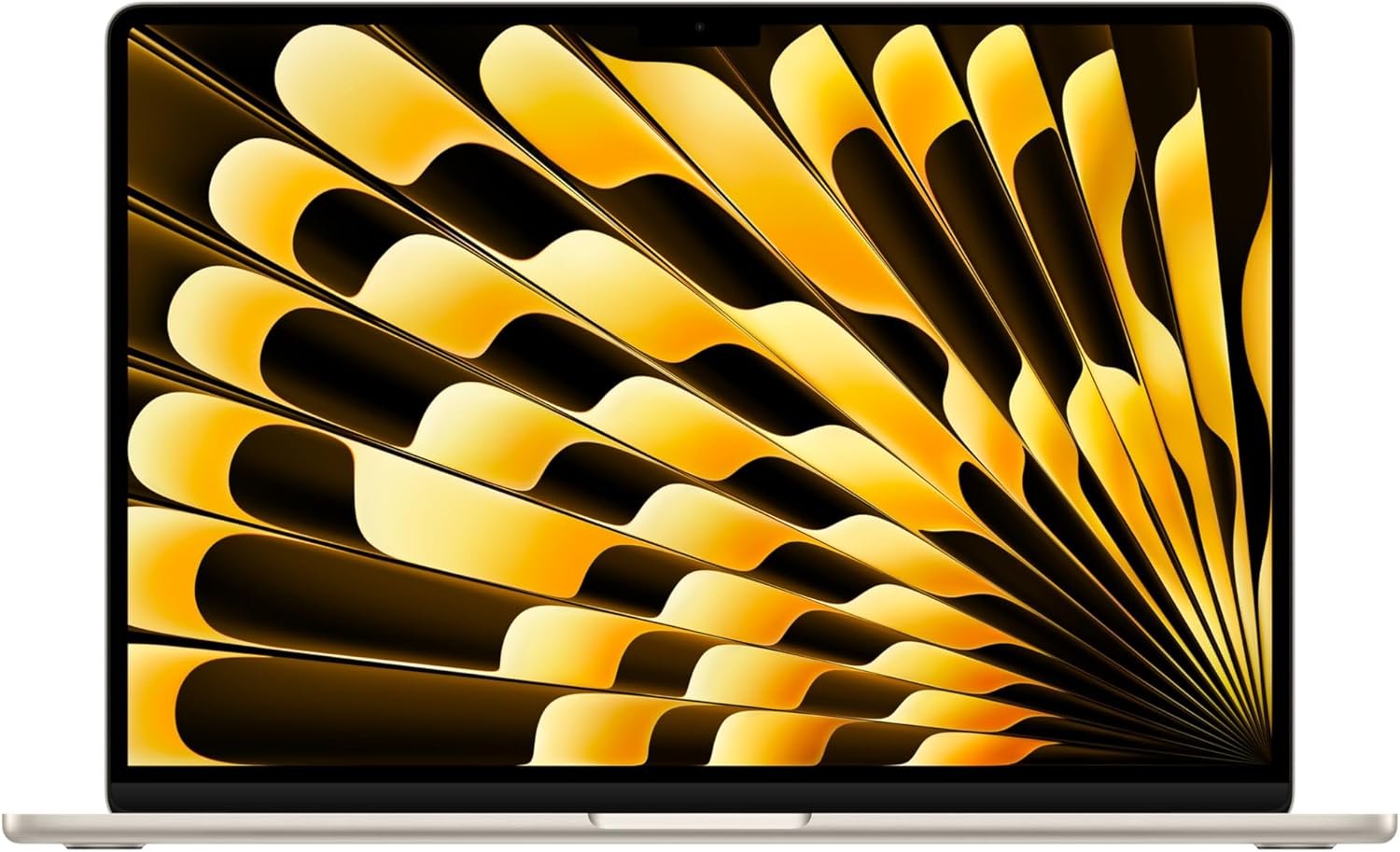Introduction to Echo Link
Echo Link is a versatile audio streaming device designed to enhance the listening experience by seamlessly connecting high-fidelity music services to your existing stereo system. As part of the Amazon Echo ecosystem, it functions as a bridge, allowing users to enjoy high-quality sound without the need to invest in a new audio system. Its compact design and straightforward setup make it an appealing choice for audiophiles and casual listeners alike.
The primary purpose of Echo Link is to facilitate the streaming of high-resolution music from various services directly to your traditional stereo setup. With built-in support for multiple music streaming platforms, it caters to a wide range of musical tastes and preferences. The device is particularly beneficial for those who appreciate the nuances of their favorite tracks and seek to experience them in the highest quality possible.
One of the standout features of Echo Link is its compatibility with other Echo devices, which is crucial for users looking to integrate their sound systems into the Amazon smart home ecosystem. By utilizing Alexa voice control, users can effortlessly manage their music playback, adjust volume levels, and switch sources using simple voice commands. This ability not only enhances convenience but also keeps the focus on enjoying the music rather than fiddling with controls.
Moreover, Echo Link supports a range of connection options, including optical, coaxial, and analog outputs, ensuring that it can be easily integrated into various home audio configurations. Its versatility and compatibility with Echo devices represent a significant advantage for anyone looking to upgrade their music streaming capabilities. By incorporating Echo Link into your audio setup, you can elevate your listening experience, making the most of the advanced features provided by Amazon’s ecosystem.
What You Need to Get Started
To effectively stream Hi-Fi music to your stereo system using the Echo Link, you will need several essential pieces of equipment to ensure a seamless setup. The first requirement is a compatible Echo device, which acts as the central hub for your music streaming. The Echo Link works best with devices like the Echo Dot or Echo Show, offering voice control and easy access to a variety of music services.
Next, you will need audio cables to connect the Echo Link to your stereo system. Depending on your stereo’s input options, you may need RCA cables, 3.5mm aux cables, or even optical cables. It is critical to confirm the inputs available on your stereo system to select the correct type of cable. Ensure that the connectors are compatible with both the Echo Link and your stereo to facilitate audio transfer efficiently.
In addition to the aforementioned components, a stereo system itself is indispensable for high-quality sound output. Make sure your system has the necessary inputs to accommodate the connections from the Echo Link. For the best audio experience, consider using an amplifier or receiver if your stereo system does not possess the power to handle the output from the Echo Link effectively.
Lastly, ensure that your home Wi-Fi network is stable and capable of handling streaming to avoid interruptions in your listening experience. A strong and reliable connection facilitates seamless music playback from various services while using the Echo Link.
To summarize, gathering a compatible Echo device, appropriate audio cables, and a functional stereo system, coupled with a strong Wi-Fi connection, will allow you to optimize your setup for streaming Hi-Fi music efficiently.
Setting Up Your Echo Link
Setting up your Echo Link to stream hi-fi music to your stereo system involves several straightforward steps to ensure a seamless connection. Begin by unboxing the device and identifying its components: the Echo Link unit, power adapter, and RCA or optical cables for connecting to your stereo system. First, connect the Echo Link to your stereo system using the appropriate audio cable—RCA is commonly used for most systems, while optical connections provide higher sound quality if supported.
Once the Echo Link is physically connected to your stereo, plug in the power adapter and switch the device on. Following this, you will need to link your Echo Link with your Wi-Fi network. Download the Alexa app if you haven’t already, available on both iOS and Android platforms. Sign in with your Amazon account or create a new one if necessary. In the app, tap the ‘Devices’ tab located in the lower right corner, then select ‘+’ or ‘Add Device’. Choose ‘Echo & Alexa’, and you should see a list of devices.
As you proceed, select ‘Echo Link’ from the options. The app will guide you to ensure your device is in setup mode; press and hold the action button on the device until the ring light flashes orange, indicating readiness to connect. Choose your Wi-Fi network from the list provided and enter the password when prompted. After successfully linking the device to your Wi-Fi, you can further configure settings such as enabling multi-room music, allowing your Echo Link to work with other Echo devices within your home.
Once the setup is complete, you can explore the various streaming services available within the app, which allows you to play your favorite music through your stereo system effortlessly. With your Echo Link now fully operational, you can enjoy high-fidelity audio at the command of your voice or through the app.
Controlling Your Music with Alexa
Utilizing voice commands with Alexa can significantly enhance your music streaming experience via the Echo Link device. The integration of smart technology allows you to control various aspects of music playback on your stereo system hands-free. Alexa’s ability to respond to specific commands makes it straightforward to enjoy your favorite tunes without the need for a remote or smartphone.
To begin, simply ensure your Echo Link is properly connected to your stereo system and linked to your Wi-Fi network. Once this setup is complete, you can engage Alexa with a simple wake word. Common commands for controlling music playback include “Alexa, play [song/artist/album]” or “Alexa, pause the music.” These commands facilitate swift access to your music selections and allow for straightforward interaction with your audio setup.
For enhanced functionality, consider organizing your music into playlists or using streaming services like Amazon Music, Spotify, or Apple Music, which are compatible with Echo Link. Commands such as “Alexa, play my playlist” or “Alexa, skip this song” offer a seamless listening experience. Additionally, utilizing the command “Alexa, set the volume to [number]” allows you to customize the audio levels efficiently without manually adjusting your stereo system.
To optimize the voice control experience, it is advisable to speak clearly and remain within a reasonable distance from the device. If ambient noise is present, you may need to adjust your speaking volume for better recognition. Furthermore, regularly updating your Alexa settings and music service subscriptions ensures that you can access the latest features and improvements. With these tips, controlling your music with Alexa becomes a convenient way to manage your listening preferences effortlessly.
Streaming Hi-Fi Quality Music
Hi-Fi music streaming refers to audio signal reproduction that achieves high fidelity, meaning the sound quality is very close to the original recording. This higher resolution audio captures a broader frequency range and offers a more dynamic and immersive listening experience compared to standard audio streaming formats. When utilizing Echo Link for streaming, users can expect significant improvements in sound clarity and detail, which are crucial for music enthusiasts who value every note and nuance in their favorite tracks.
The primary distinction between Hi-Fi quality sound and standard audio lies in the bit rate and sample rate used during playback. Standard audio streaming typically compresses music files to optimize for bandwidth and speed, often sacrificing some of the audio details for convenience. In contrast, Hi-Fi streaming retains a rich sound profile and offers lossless formats, allowing for a broader auditory spectrum. This means that with Echo Link, listeners can enjoy their music as the artists intended—crisp highs, warm mids, and full-bodied lows, providing a captivating auditory experience that draws the listener into the performance.
The advantages of utilizing Echo Link for Hi-Fi music streaming are manifold. For one, its integration into existing stereo systems facilitates an effortless upgrade without the need for extensive hardware changes. The device supports a range of high-resolution audio formats, enabling seamless playback from various streaming services known for Hi-Fi quality, such as Tidal, Qobuz, or Amazon Music HD. Furthermore, Echo Link enables easy control through compatible apps, allowing users to effortlessly navigate their favorite playlists while enjoying a premium sound experience. This combination of superior sound quality and user-friendly operation makes Echo Link an attractive choice for those seeking to enhance their audio journey.
Compatible Streaming Services
The Echo Link offers compatibility with a wide range of popular music streaming services, enabling users to enjoy their favorite tunes seamlessly through their stereo systems. Some of the most notable services include Amazon Music, Spotify, Apple Music, and Tidal. Each of these platforms brings a rich library of songs and playlists, ensuring that users can find and enjoy music that suits their preferences.
Amazon Music provides a substantial selection of tracks, particularly for those who are already integrated into the Amazon ecosystem. Users of this service can simply use voice commands through Alexa to access any song, album, or playlist they desire. Similarly, Spotify allows users to create custom playlists and share their favorite tracks with friends, all while using the familiar voice activation feature of the Echo Link.
Apple Music is another excellent addition for those who utilize the Apple ecosystem. With a vast catalog of songs and exclusive content, linking through the Alexa app allows for effortless voice-controlled playback. Meanwhile, Tidal appeals to audiophiles, offering high-fidelity audio quality, and is perfect for users seeking a superior streaming experience. Each of these services can be linked to the Echo Link via the Alexa app, enhancing user accessibility and convenience.
To connect your preferred music streaming service, simply open the Alexa app on your mobile device, go to ‘Settings’, then ‘Music & Podcasts’. From there, you can select the service of your choice and sign in using your account credentials. This streamlined process ensures that music lovers can enjoy their favorite content quickly and efficiently, bringing a superior listening experience directly to their stereo systems.
Benefits of Streaming Music to Your Stereo System
Utilizing Echo Link to stream music to traditional stereo systems presents numerous advantages, fundamentally enhancing the listening experience. One of the primary benefits is the improvement in sound quality. Echo Link allows high-resolution audio streaming which can significantly surpass the quality of standard streaming services. This enhancement is particularly noticeable when played through larger speaker systems, which can reproduce sound with greater clarity, depth, and richness. Audiophiles often appreciate such advancements, as they provide a more immersive listening experience that brings out the nuances in music.
Another compelling advantage is the convenience of voice control. With Echo Link integrated into your stereo setup, users can effortlessly operate their music systems using voice commands. This hands-free interaction simplifies the process of selecting songs, adjusting volume levels, or even creating playlists without the need for remote controls or mobile devices. Such ease of use greatly appeals to individuals who wish to enjoy their music seamlessly while engaging in other activities.
Moreover, streaming music through Echo Link allows for better integration of modern technology with classic audio equipment. Many individuals possess high-quality stereo systems that have served them well over the years but lack the modern functionalities required for contemporary streaming needs. By incorporating Echo Link, users can bridge the gap between traditional audio setups and current streaming platforms. This integration not only revitalizes older systems but also prolongs their lifespan, allowing music enthusiasts to continue enjoying their favorite tunes in an enhanced format.
Furthermore, the flexibility and variety of music sources available through streaming services broaden the horizons of one’s music library. Users gain access to unlimited playlists, radio stations, and even podcasts, all neatly integrated into their stereo systems, elevating the overall enjoyment of music consumption.
Troubleshooting Common Issues with Echo Link
While the Echo Link offers an impressive way to stream high-fidelity music to your stereo system, users may occasionally encounter some common issues that can affect their overall experience. Understanding these challenges and knowing how to address them can significantly enhance usability.
One of the most prevalent issues relates to connectivity problems. Users may experience difficulties when trying to connect their Echo Link to Wi-Fi or their stereo system. To resolve this, ensure that your Echo Link is within a reasonable range of the router to maintain a stable connection. Restarting both the Echo Link device and your router can often rectify network troubles. Additionally, confirm that your firmware is up to date, as software updates often address connectivity issues and enhance performance.
Audio quality is another area where users may face challenges. If you are noticing a drop in sound quality, first check the audio format being streamed. For optimal results, high-definition audio files should be used whenever possible. Also, make sure your stereo equipment settings are appropriately matched to avoid any compromises in sound fidelity. If the audio distortion persists, consider experimenting with different streaming devices or services to determine if the issue lies with the source material.
Command recognition difficulties can also frustrate Echo Link users. Miscommunication between the user and the device may lead to commands not being executed as intended. To improve recognition, ensure that the device is listening from an unobstructed position and users are speaking clearly. It can also be beneficial to train the device’s voice recognition by regularly using the wake word, as this practice can enhance responsiveness over time.
Conclusion and Future Possibilities
In summary, the emergence of devices such as the Echo Link has revolutionized the way users stream high-fidelity music to their stereo systems. By combining superior audio quality with seamless connectivity, Echo Link offers an innovative solution for music enthusiasts looking to enhance their listening experience. The ability to integrate this device into existing audio setups allows for improved functionality while maintaining the classic audio performance many users cherish. Through Wi-Fi and Bluetooth capabilities, streaming services can effortlessly transform a traditional stereo system into a smart audio hub.
Looking forward, the future of audio streaming technology unveils a wealth of exciting possibilities. As advancements in artificial intelligence and machine learning continue to progress, we can expect more intuitive voice control integrations, enhancing user convenience. Speaking commands to manage playlists, adjust volume, or personalize music selections represents a transformative shift in how we interact with our audio systems. Integration of voice-controlled assistants is likely to become increasingly sophisticated, supporting a wider array of functionalities beyond just music streaming.
Moreover, the ongoing development of high-definition streaming formats promises to elevate audio quality standards even further. Innovations in audio compression and transmission technologies may soon enable lossless streaming services to dominate the market, providing audiophiles with even richer sounds. Coupled with improvements in wireless networking technology, users will experience fewer disruptions and higher fidelity from their favorite music sources.
As we embrace these advancements, it is imperative for consumers to remain informed about emerging technologies that could significantly enhance their home audio systems. By incorporating smart devices and staying tuned to the latest trends, music lovers can create a sophisticated listening environment that harmonizes tradition with modernity.
























